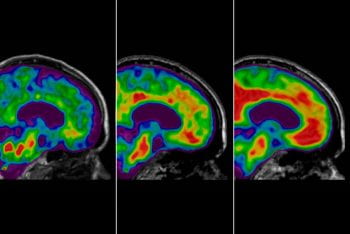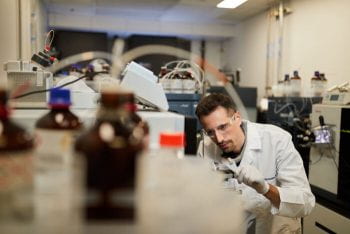Two doses of an FDA-approved sleeping pill reduced levels of Alzheimer’s proteins in a small study of healthy volunteers led by researchers at Washington University School of Medicine in St. Louis. The study hints at the potential of sleep medications to slow or stop the progression of Alzheimer’s disease, although much more work needs to be done to confirm the viability of such an approach.
Sleeping pill reduces levels of Alzheimer’s proteins (Links to an external site)







